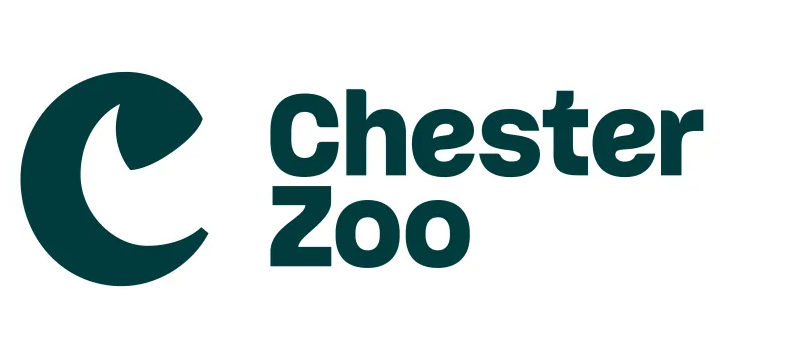Diagnosis and management of lobular capillary haemangioma (pyogenic granuloma) in an adult female lactating Bonobo (Pan paniscus)
DOI:
https://doi.org/10.19227/jzar.v5i1.205Abstract
An adult female lactating bonobo (Pan paniscus) presented with an acutely enlarging skin nodule, readily susceptible to haemorrhage, on the third digit of her left foot, which was subsequently removed under anaesthesia when it had reached a diameter of approximately 10 mm. The bonobo had five-year-old and three-month-old infants, which had to be managed sensitively during the procedure. Risk management was carefully planned with the keeping team. Oral benzodiazepines were used in the dam and five-year-old infant to reduce stress, and careful planning ensured a time-efficient anaesthetic procedure. Radiographs were taken to investigate the involvement of underlying tissue, and the skin mass was removed by partial amputation of the digit including a segment of bone. Histopathology yielded a diagnosis of lobular capillary haemangioma (pyogenic granuloma). Although the clinical presentation was extremely similar to that seen in humans, the entity has not been commonly reported in apes.
Downloads
Published
How to Cite
Issue
Section
License
JZAR fulfils the DOAJ definition of open access and provides free and open access to the full text of all content without delay under a Creative Commons licence. The copyright holder of JZAR publications grants usage rights to third parties, allowing for immediate free access to the work and permitting any user to read, download, copy, distribute, print, search, or link to the full texts of articles.







